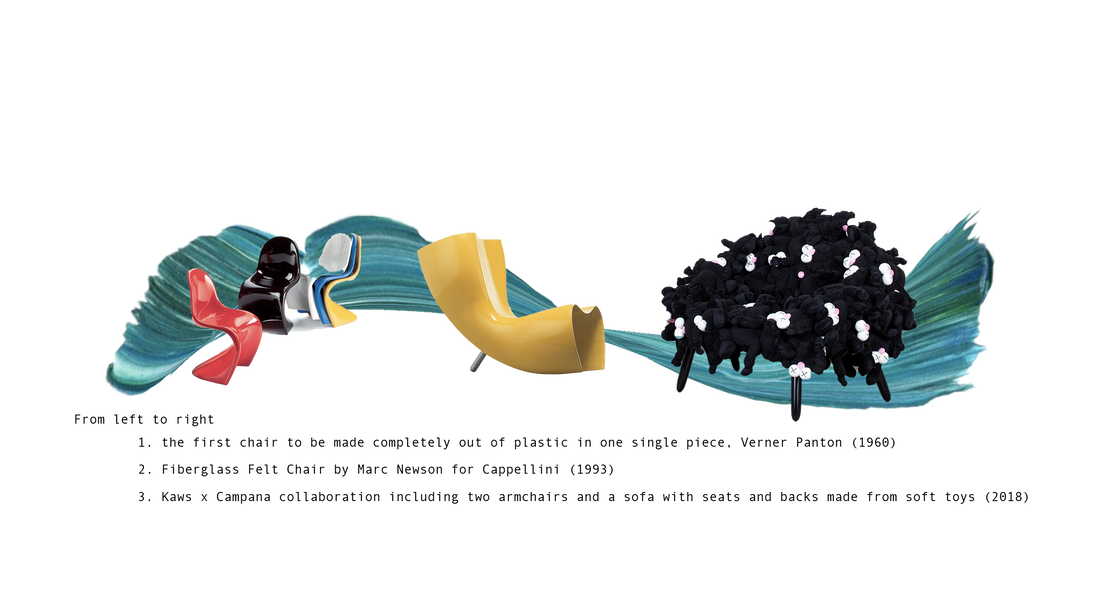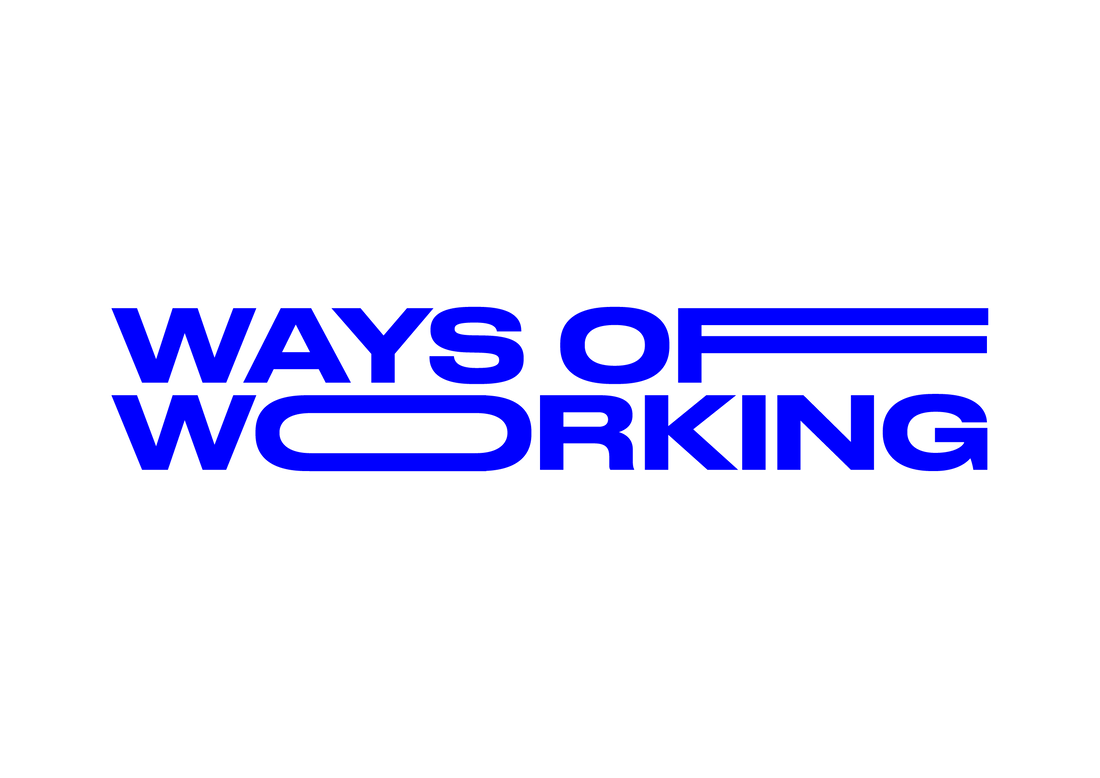Evangeline Cousins, BA(HONS) Design for Branded Spaces Prior to this assignment, I was admittedly unaware of the phrase, nay movement, of ‘Anti-Design’. Through research, I now understand that this sector of design, which spans across all industries, dates back to Italy in the 1960’s. Emerging as a criticism of consumer culture and statement on the excesses of Italian design and the continuous drive for novelty, in my opinion, anti-design remains a creative direction today.
|
Archives
December 2021
Categories |



 RSS Feed
RSS Feed
